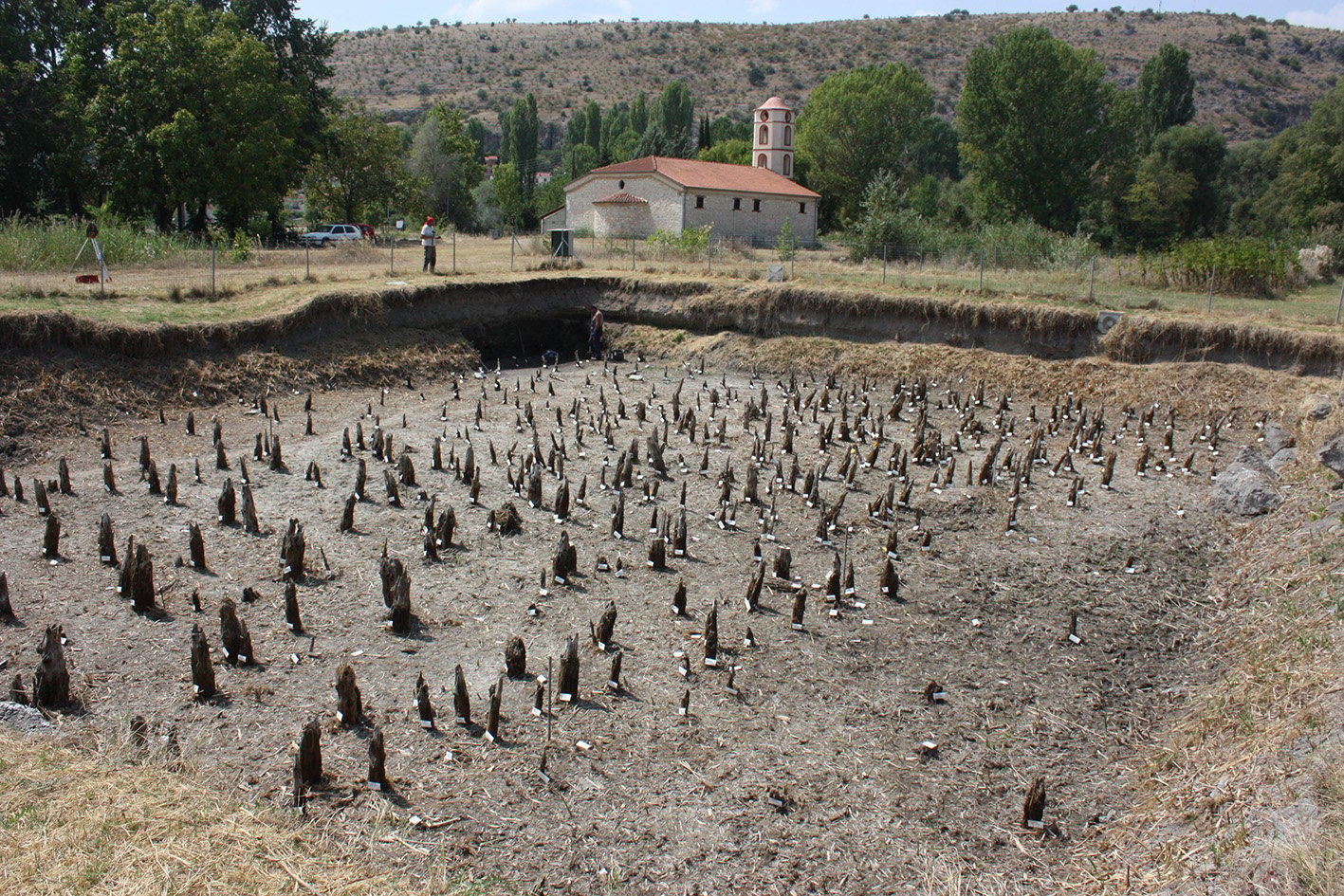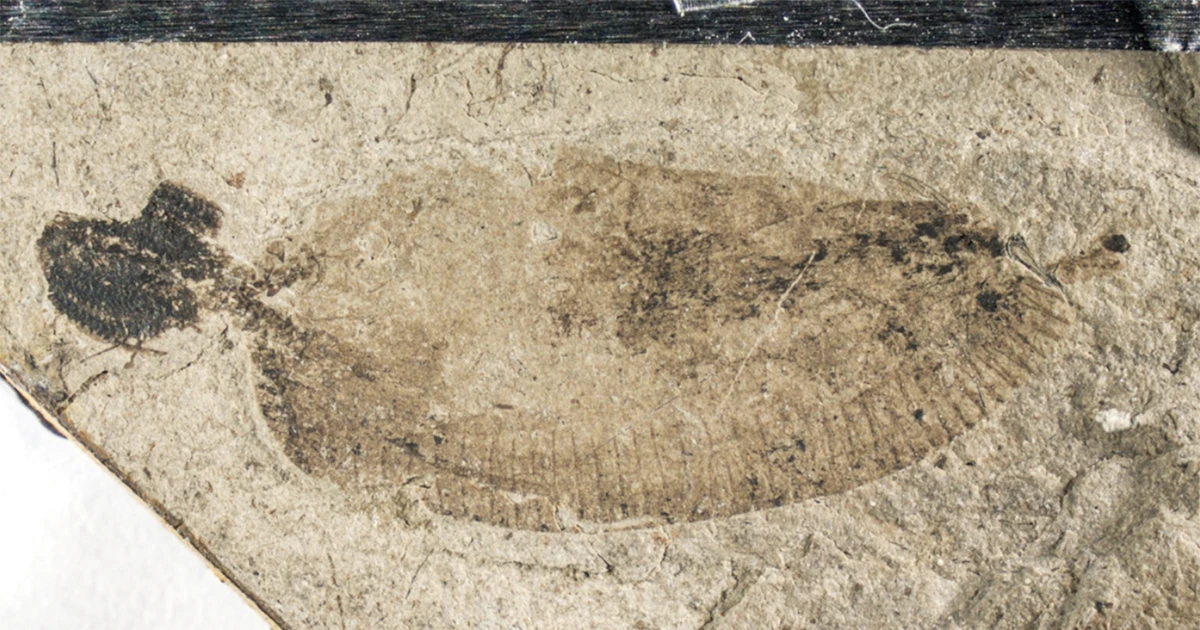(NLDO) - A powerful cosmic ray caused the amount of radioactive carbon in an area of Greece to increase dramatically in 5259 BC.
According to SciTech Daily, a research team from the University of Bern (Switzerland) used a method of measuring the spike in radioactive carbon in tree rings due to the impact of cosmic rays to determine the age of a prehistoric Greek settlement more than 7,000 years ago.
This new method promises to open the door to accurate dating of many other archaeological sites in Southeast Europe.

The Dispilio stake field with 800 wooden stakes from the ancient settlement. The tree trunks used as stakes accidentally recorded the details of the impact of cosmic rays more than 7,000 years ago - Photo: UNIVERSITY OF BERN
The Greek village in question - named Dispilio - was found long ago and provides evidence of one of the oldest agricultural settlements in the area.
But when people here started to cultivate crops in the agricultural way we do today is still an interesting puzzle.
In Europe, some sites can be dated using tree-ring dating, which shows changing climate patterns, but not everywhere, according to lead author Andrej Maczkowski from the Institute of Archaeological Sciences at the University of Bern.
There is something else that tree rings can also record, however, and that is the carbon isotope 14C from cosmic rays. Trees absorb this when they are alive and stop absorbing it when they die.
Looking for tree rings "soaked" in this isotope and seeing how it decays over time could help pinpoint when cosmic rays hit Earth.
By comparing the age of this tree and how it was used in wooden constructions, one can know the age of the settlement.
A team from the EXPLO project led by the University of Bern has succeeded in establishing a 303-year annual growth ring chronology, ending in 5140 BC, by analyzing 787 wood fragments from the archaeological site of Dispilio on Lake Orestida in Northern Greece.
The identified settlement phases show various house-building activities over 188 years, from 5328 to 5140 BC.
The basis for these data is a major geomagnetic change event - caused by the impact of cosmic rays - in 5259 BC.
"We hope that other regional chronologies from this period can now be rapidly linked to the Dispilio chronology. This opens the way for regional chronology for the southern Balkans," the authors said.
The Balkans have some of the oldest lakeside settlements in Europe, with sites dating back to just after 6000 BC. The region played a key role in the expansion of agriculture in prehistoric Europe, contributing to the civilization we know today.
Source: https://nld.com.vn/tia-vu-tru-lam-sang-to-ngoi-lang-hy-lap-7000-nam-tuoi-196240525083758198.htm





![[Photo] Closing of the 11th Conference of the 13th Central Committee of the Communist Party of Vietnam](https://vstatic.vietnam.vn/vietnam/resource/IMAGE/2025/4/12/114b57fe6e9b4814a5ddfacf6dfe5b7f)
![[Photo] Overcoming all difficulties, speeding up construction progress of Hoa Binh Hydropower Plant Expansion Project](https://vstatic.vietnam.vn/vietnam/resource/IMAGE/2025/4/12/bff04b551e98484c84d74c8faa3526e0)

























































































Comment (0)